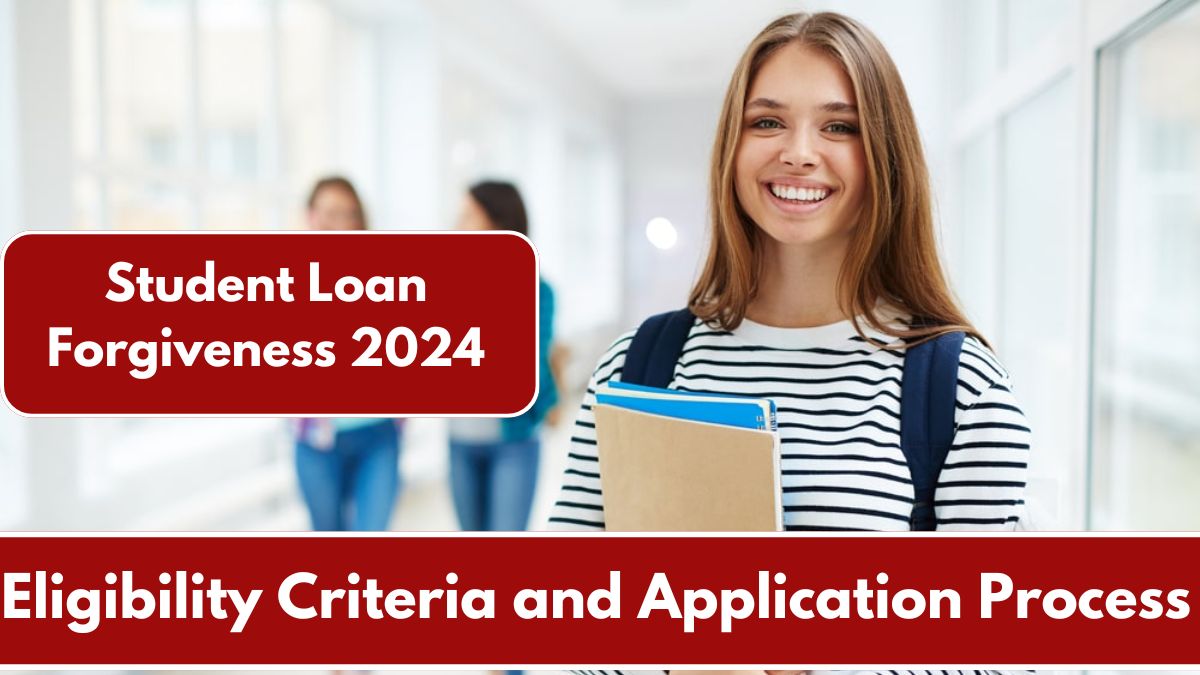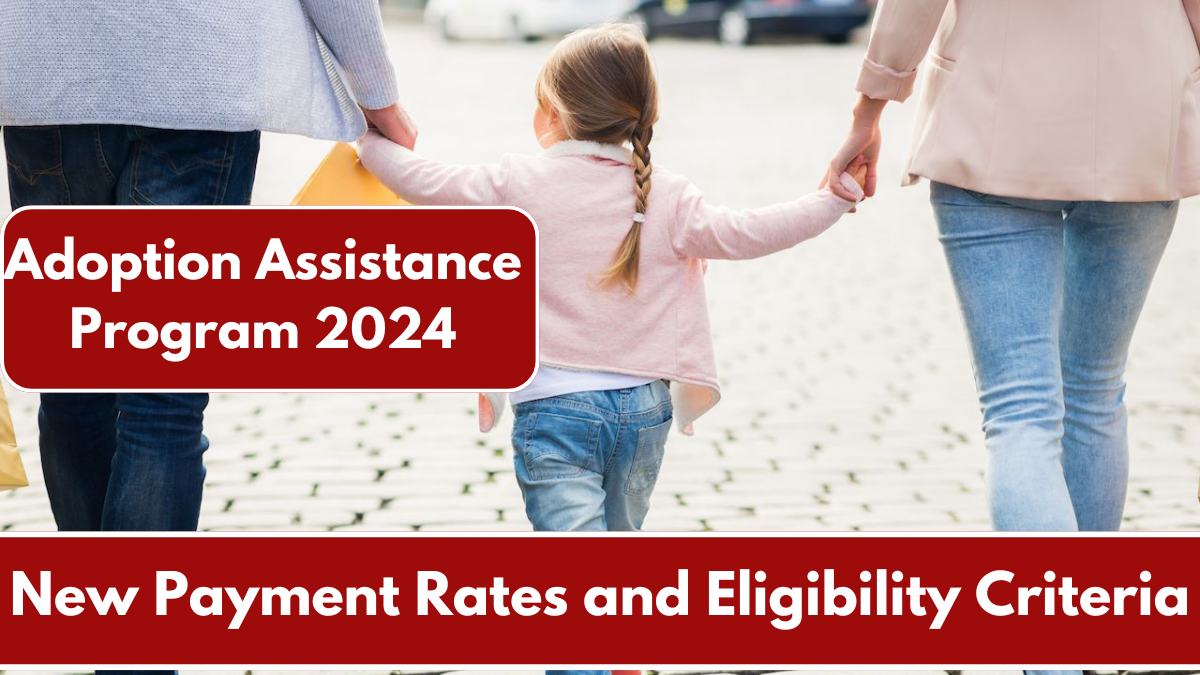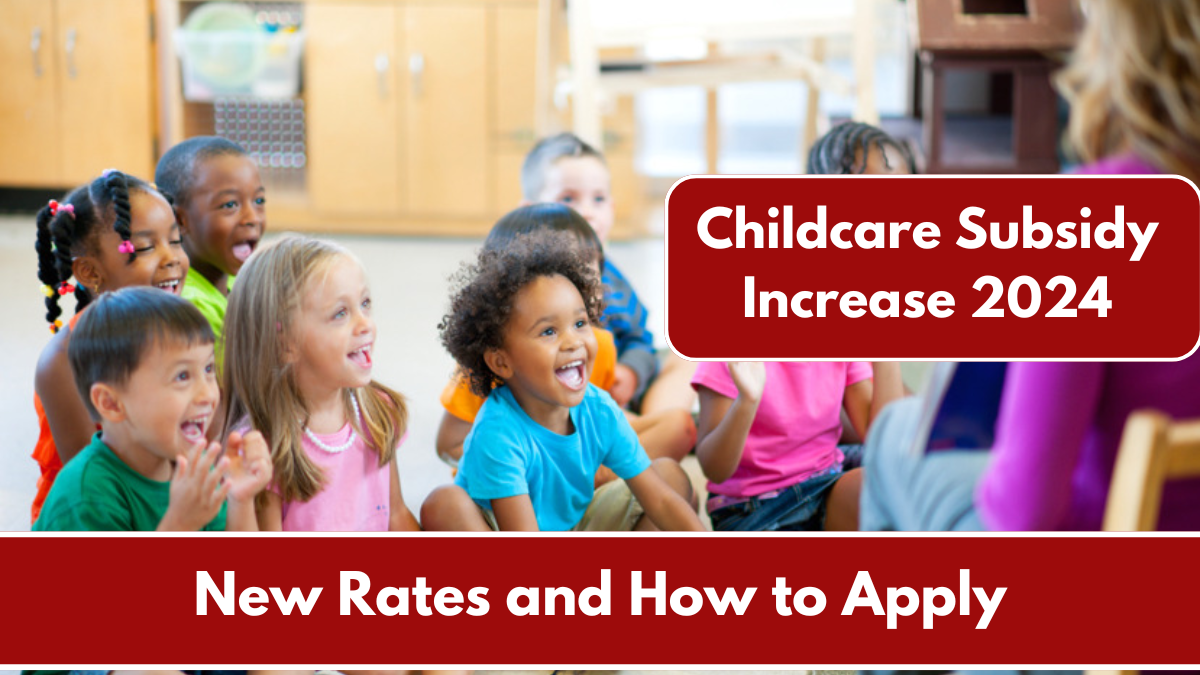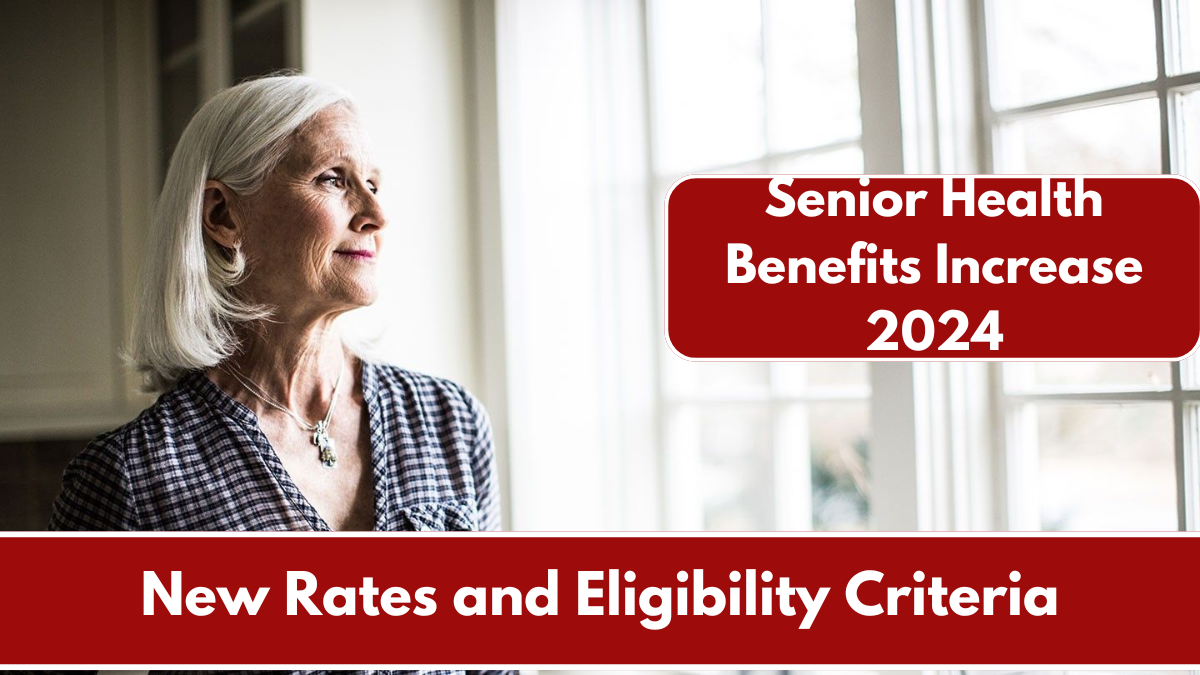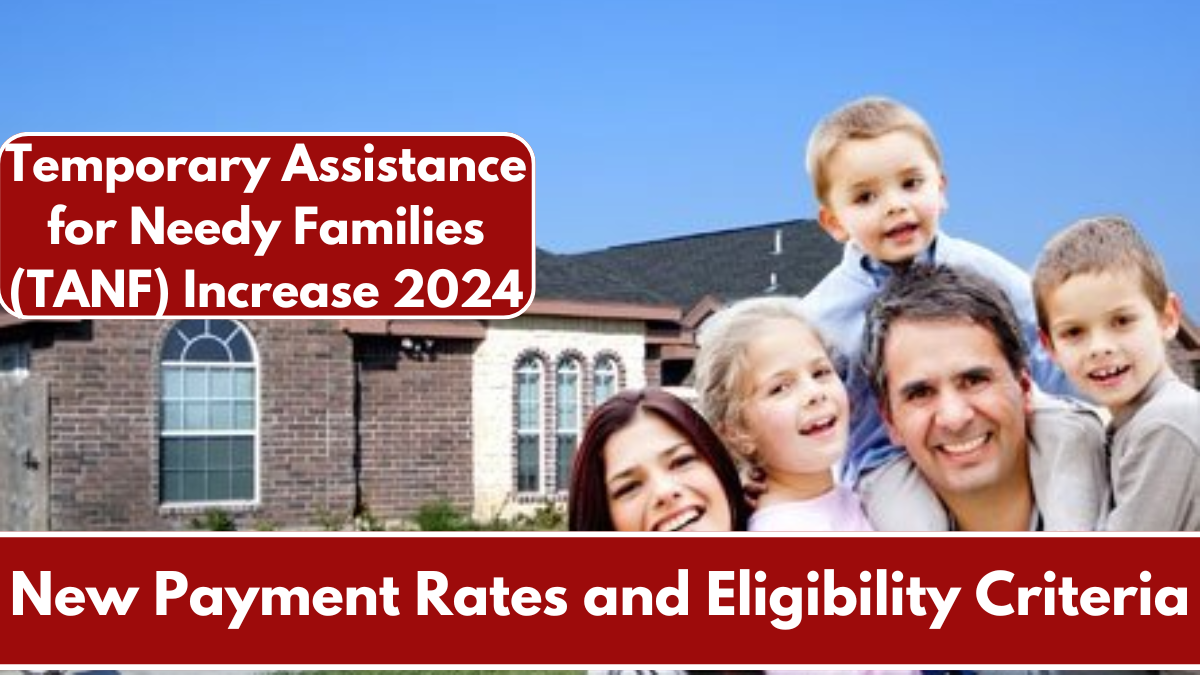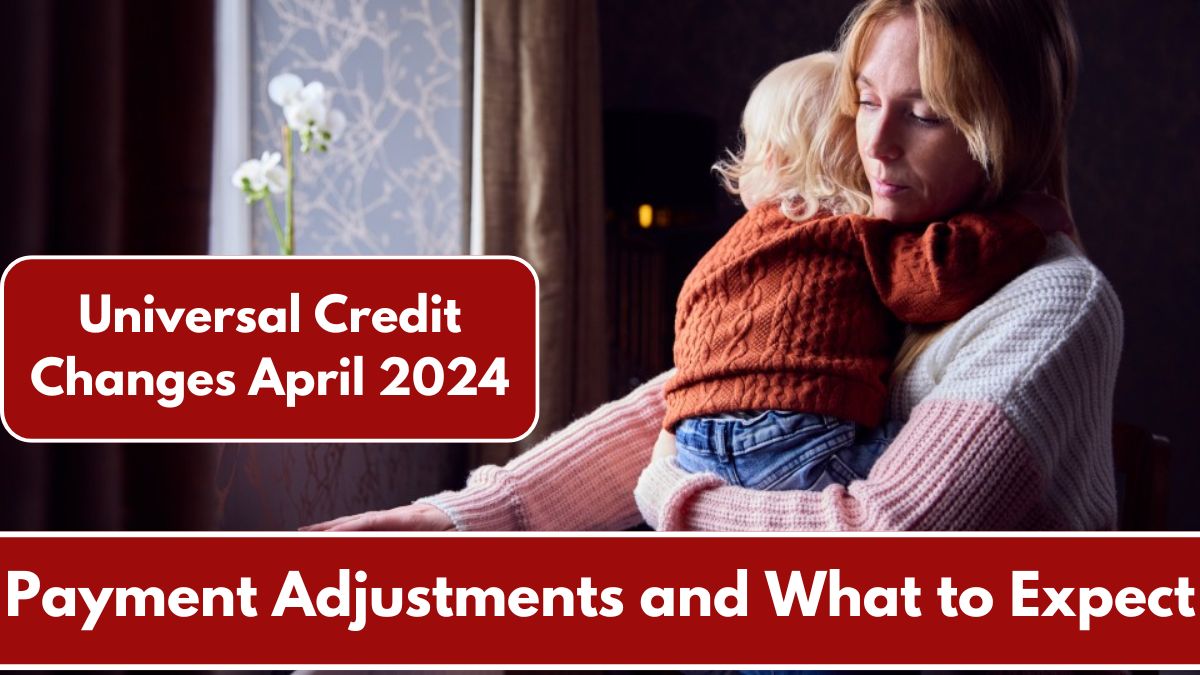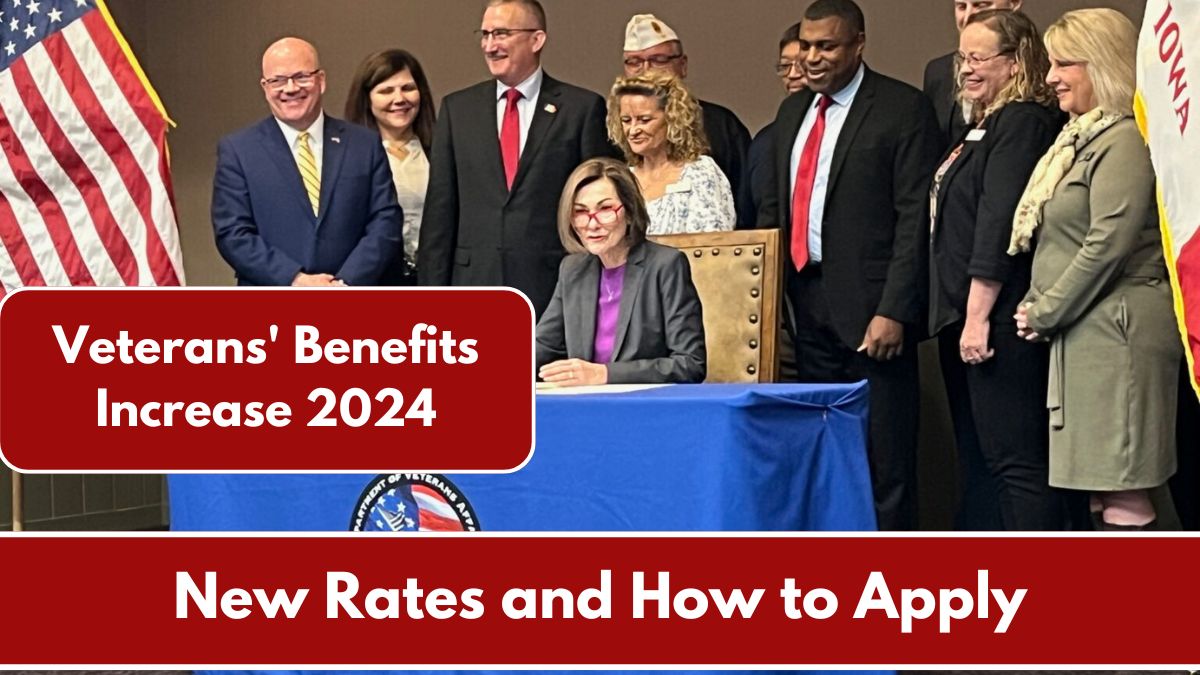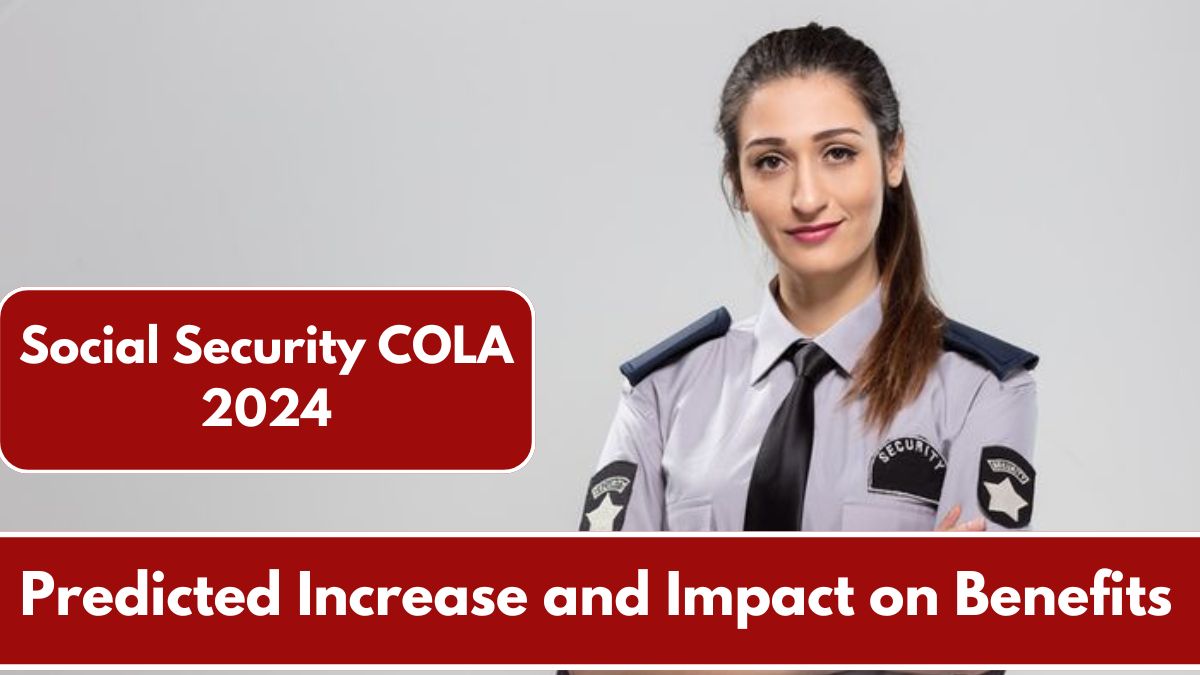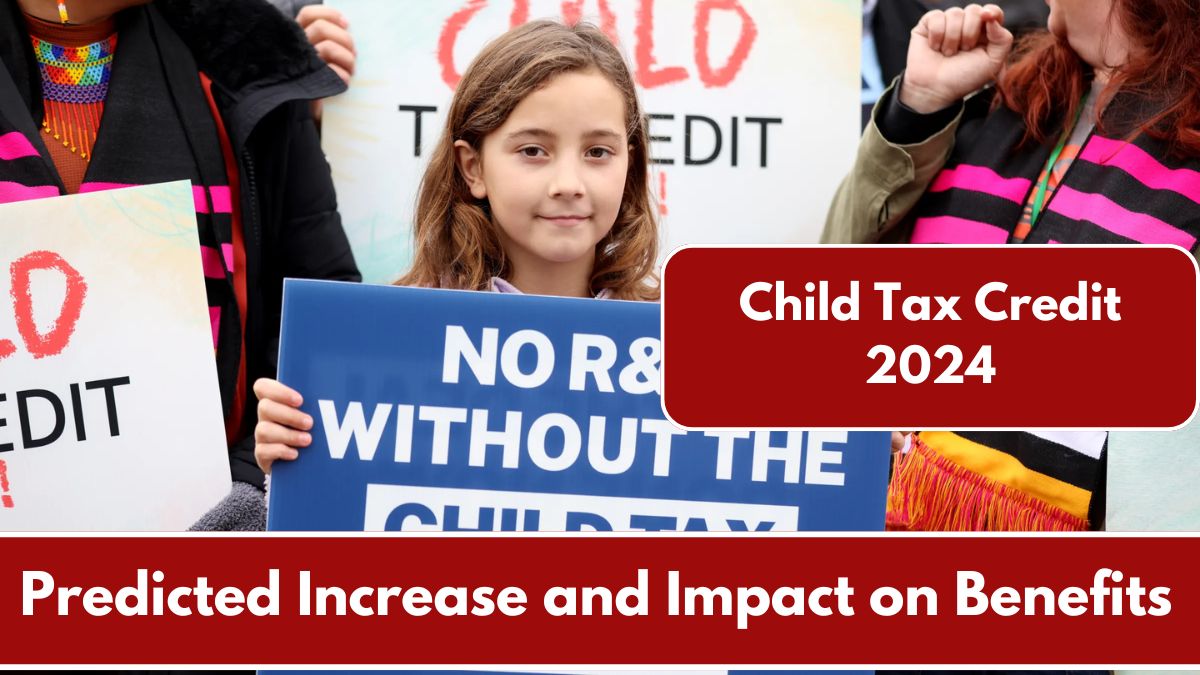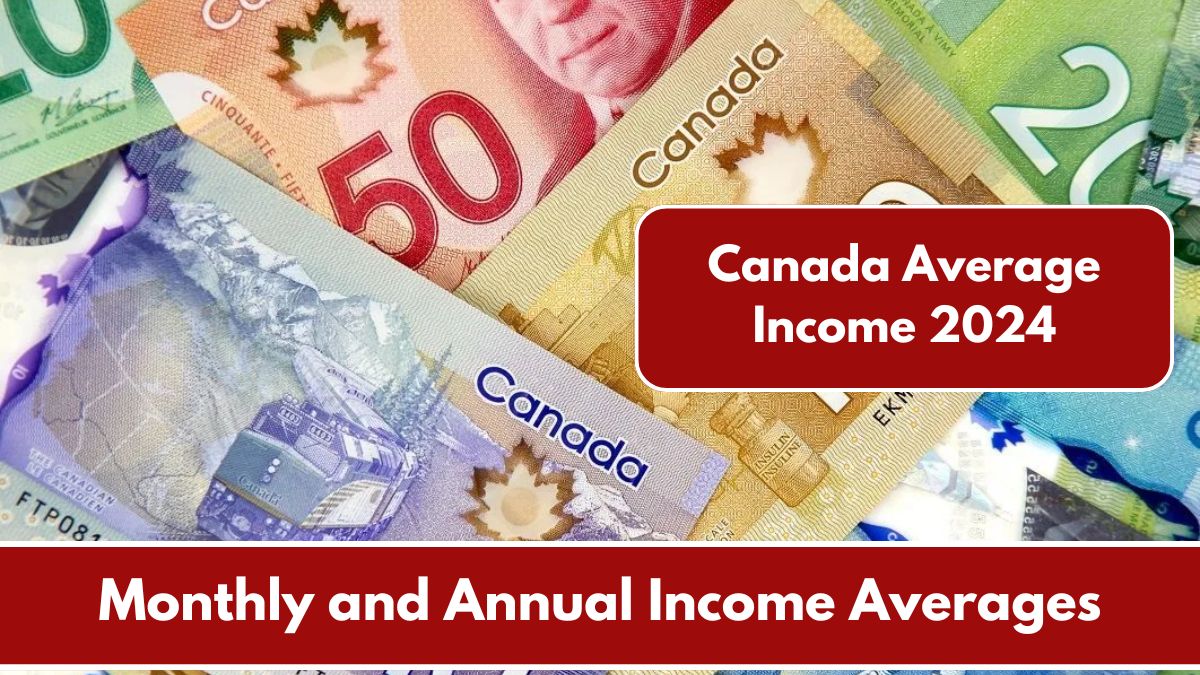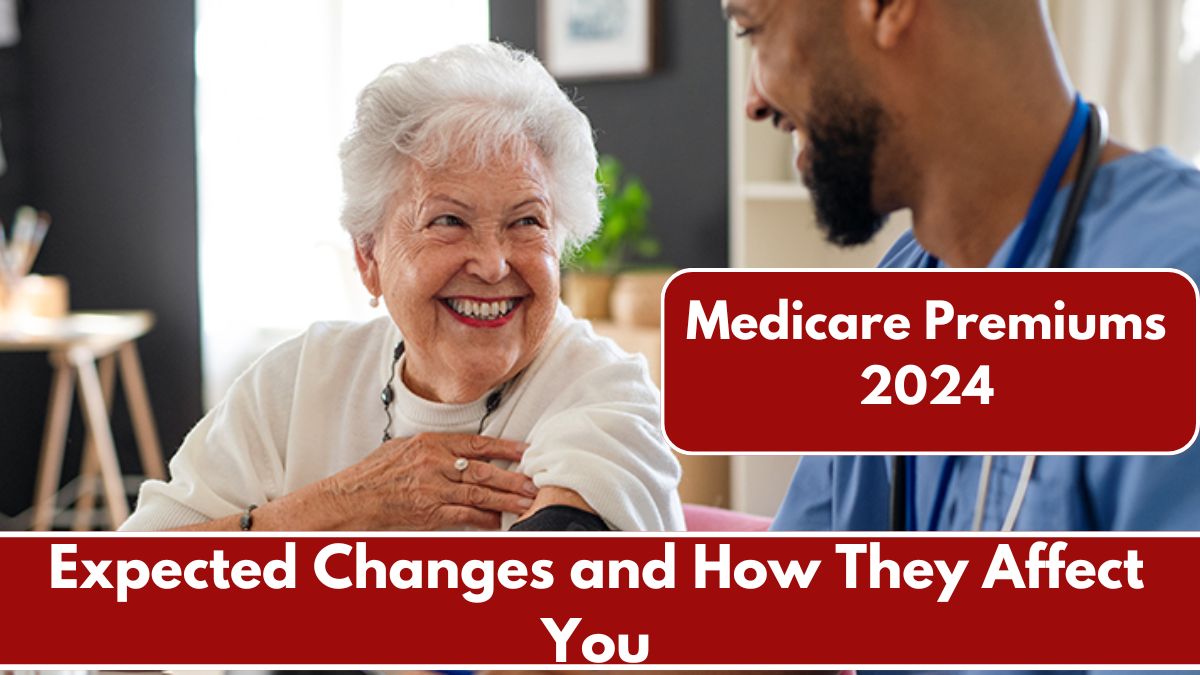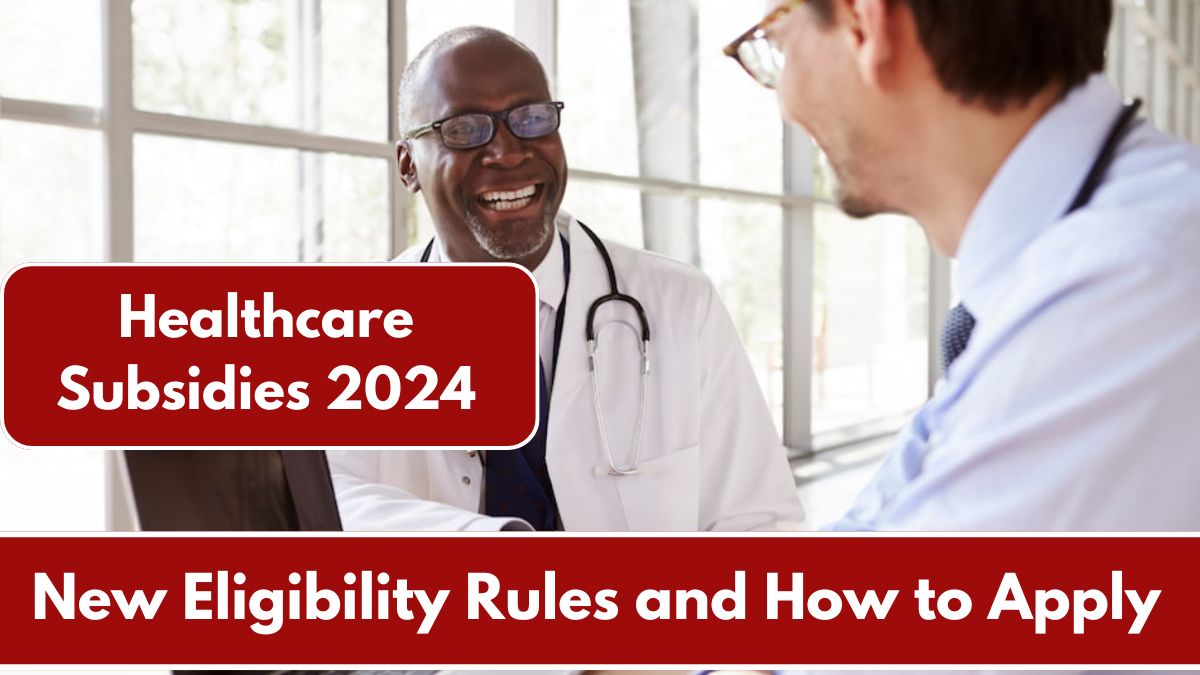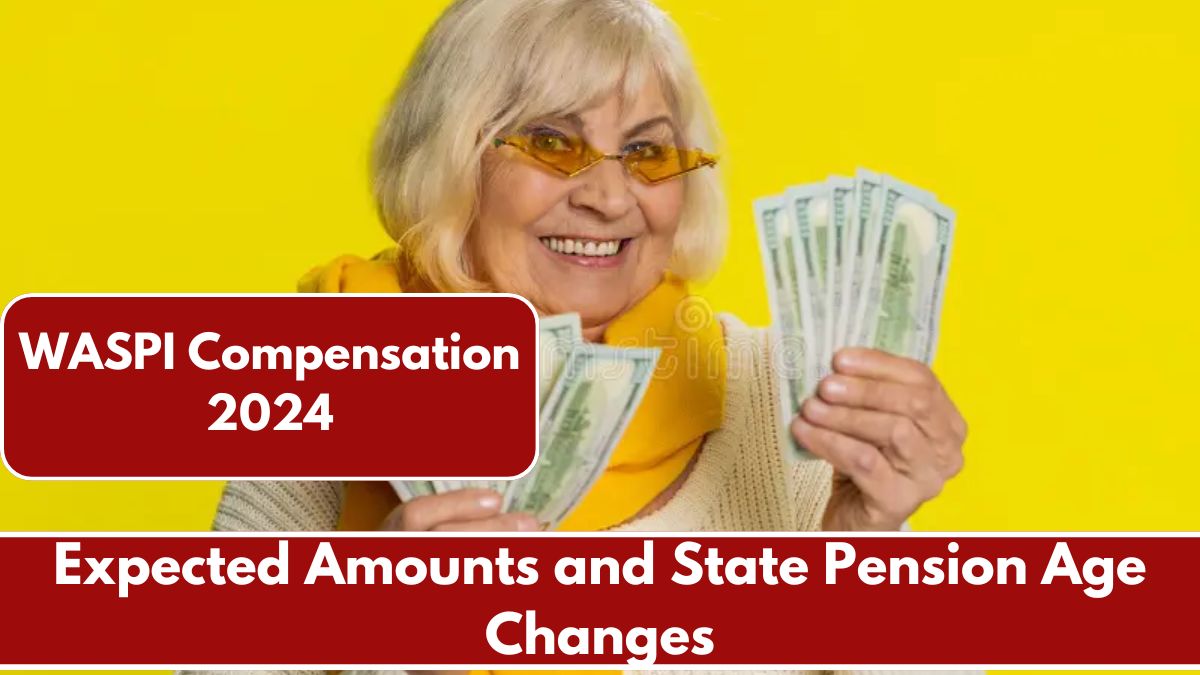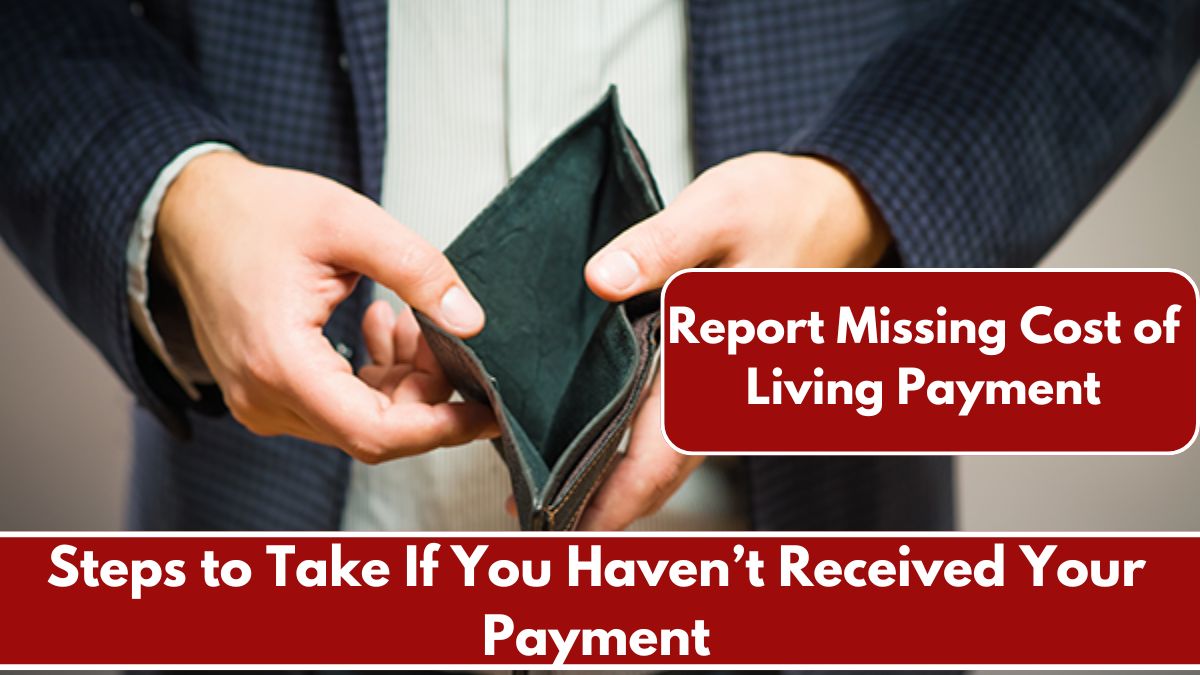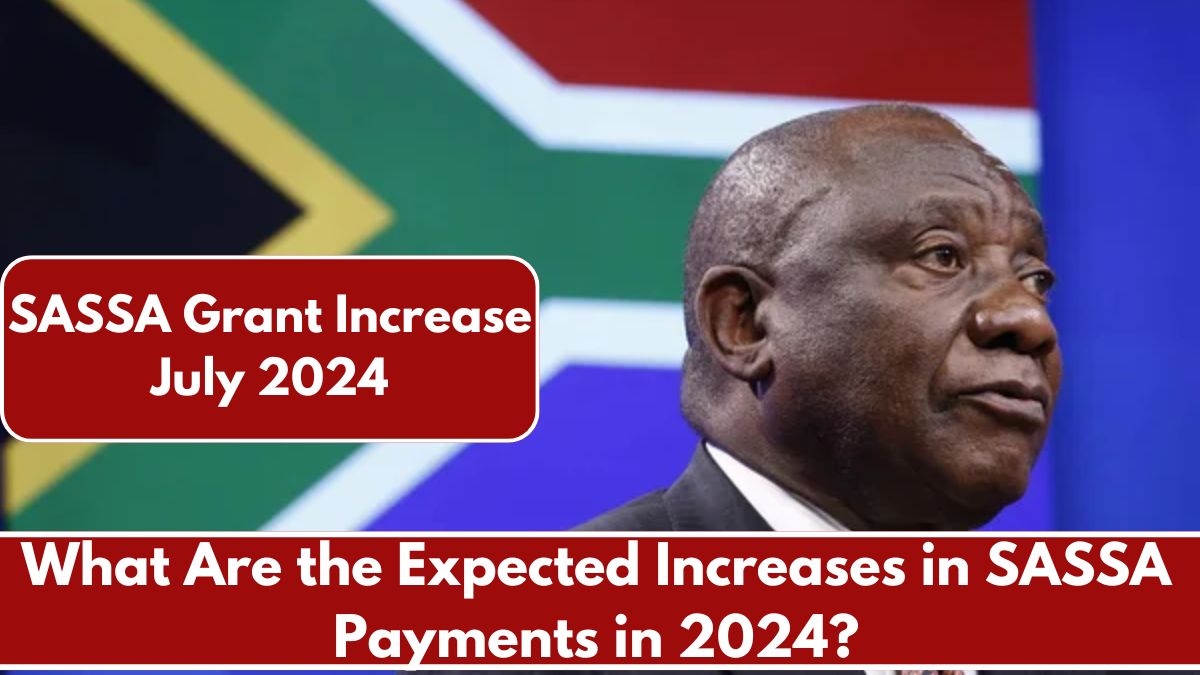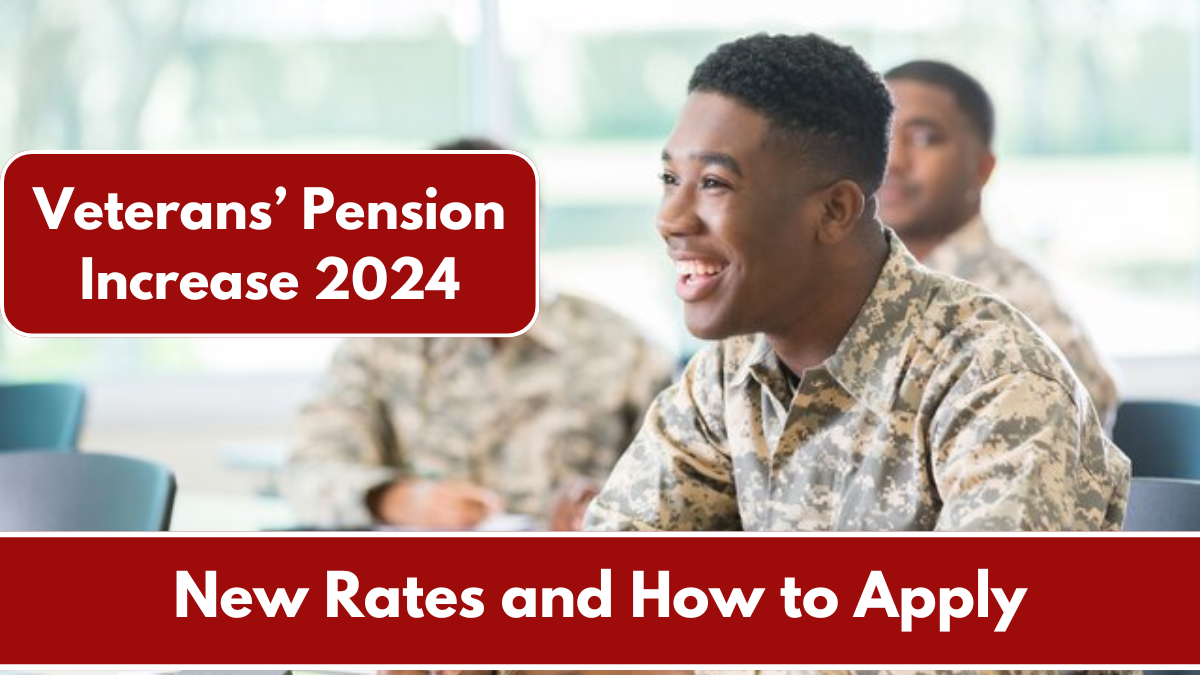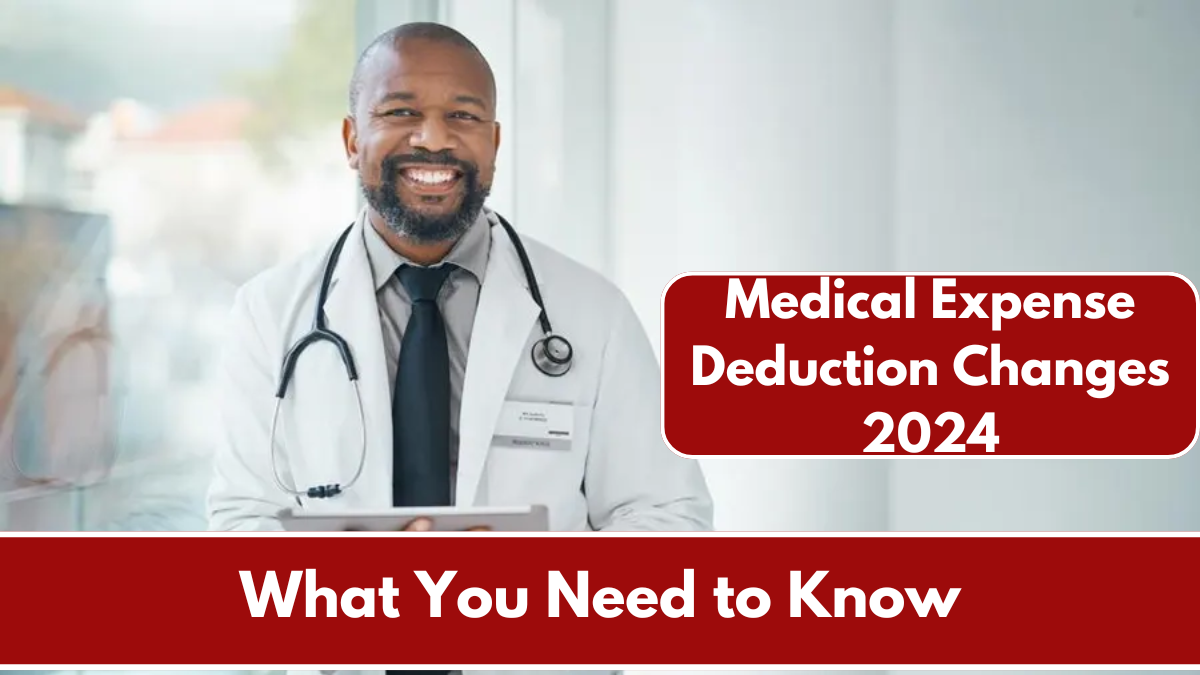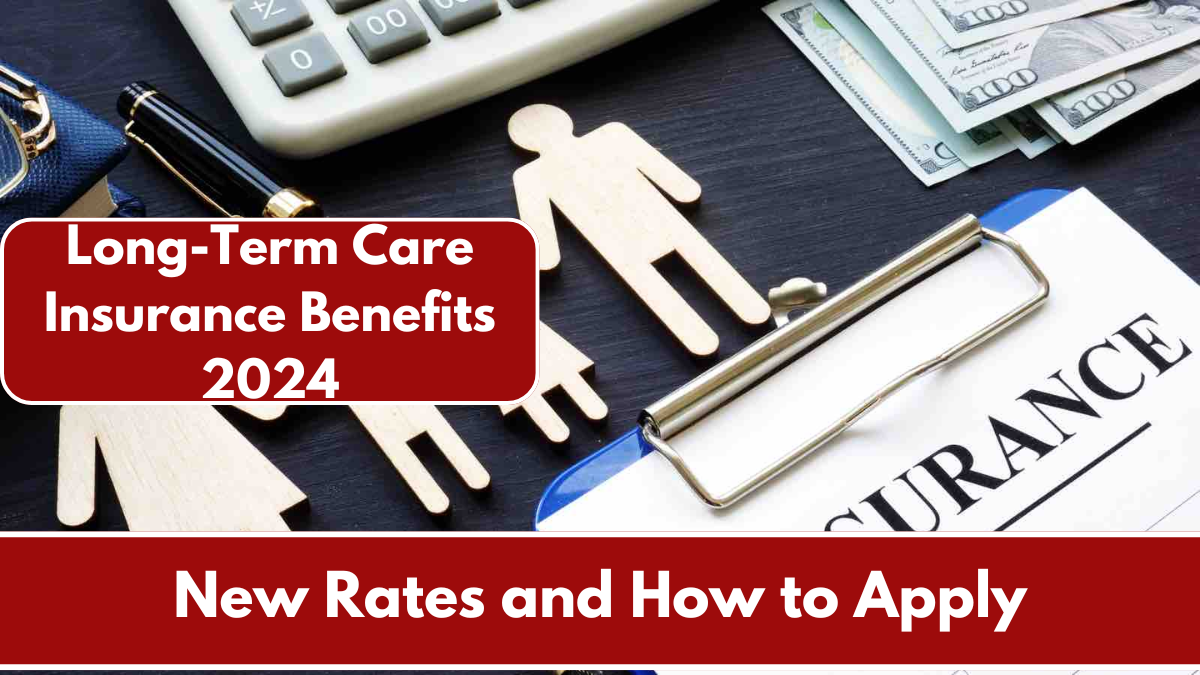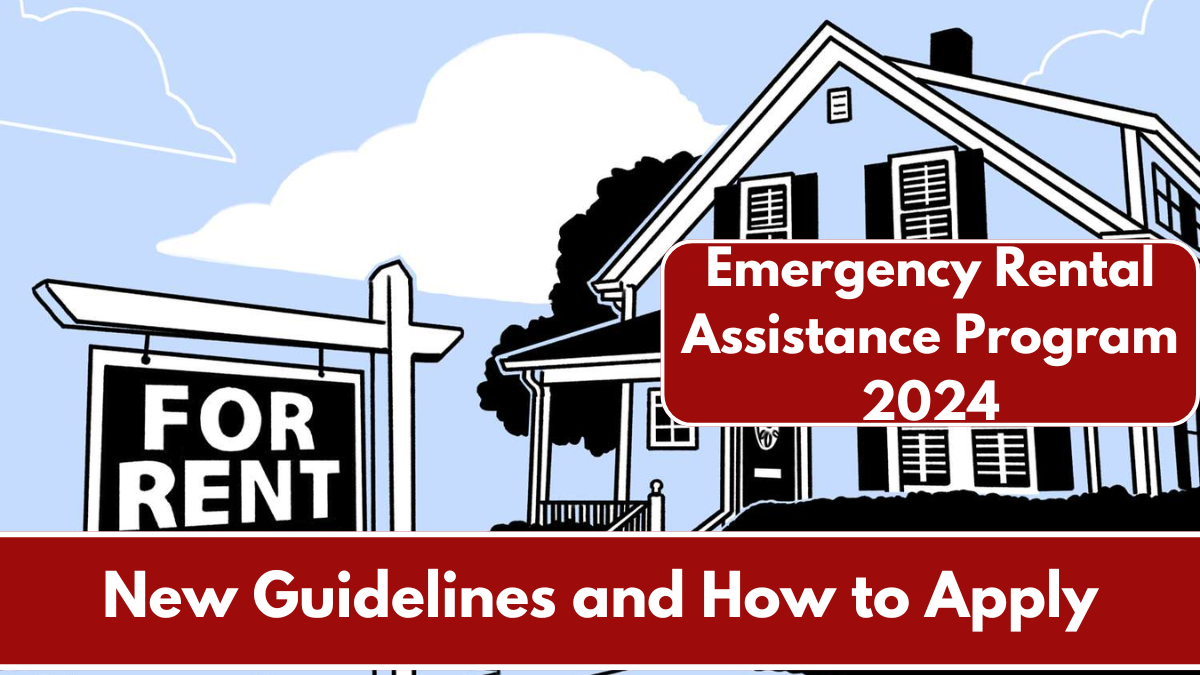Introduction:
With the rising burden of student debt, the 2024 Student Loan Forgiveness programs aim to provide relief to eligible borrowers. Understanding the eligibility criteria and application process is crucial for those seeking to reduce or eliminate their student loan balances. This article will guide you through the key aspects of these forgiveness programs, including the different types of forgiveness available, how to determine your eligibility, and the steps to apply.
Types of Student Loan Forgiveness Programs in 2024
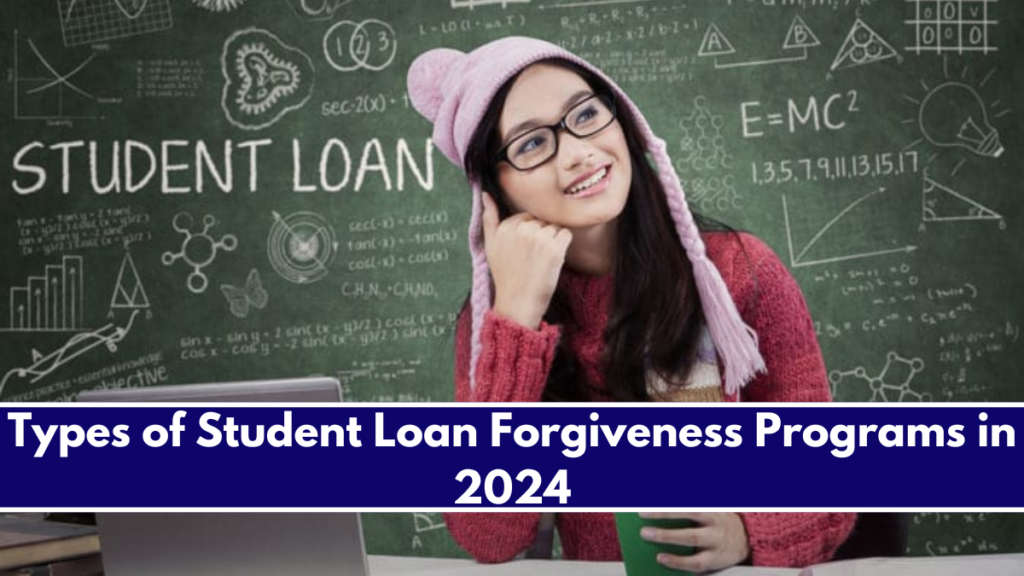
- Public Service Loan Forgiveness (PSLF): Aimed at borrowers who work in qualifying public service jobs, PSLF forgives the remaining balance on Direct Loans after 120 qualifying monthly payments under a qualifying repayment plan.
- Teacher Loan Forgiveness: Specifically for teachers, this program offers forgiveness of up to $17,500 on Direct Subsidized and Unsubsidized Loans after five consecutive years of teaching in a low-income school or educational service agency.
- Income-Driven Repayment (IDR) Forgiveness: Borrowers on an income-driven repayment plan may have their remaining balance forgiven after 20 or 25 years of qualifying payments, depending on the plan.
- Total and Permanent Disability (TPD) Discharge: For borrowers who are unable to work due to a total and permanent disability, the TPD discharge program offers forgiveness of federal student loans.
- Closed School Discharge: If your school closed while you were enrolled or shortly after you withdrew, you might be eligible for a discharge of your federal student loans.
Eligibility Criteria for Student Loan Forgiveness
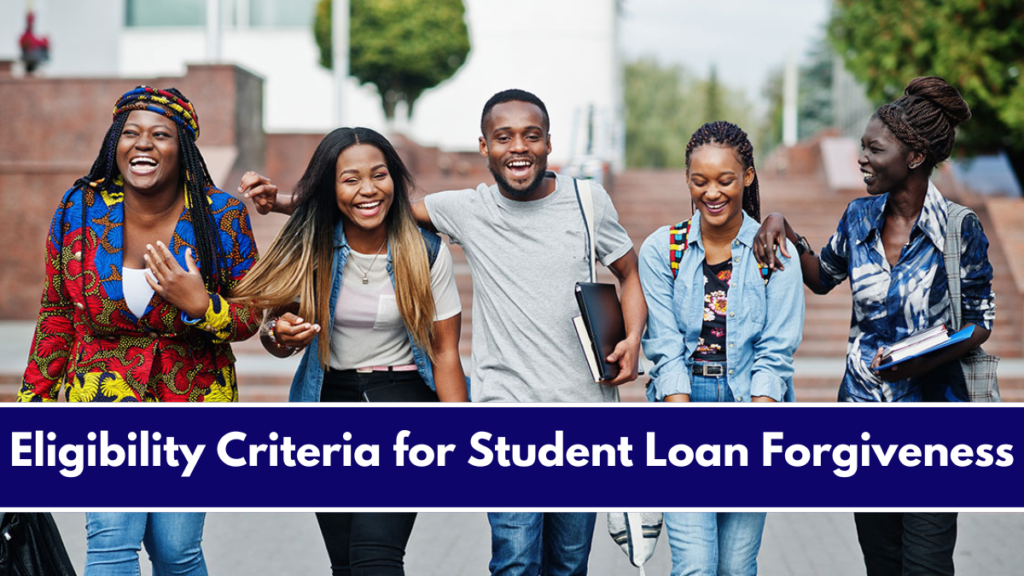
To qualify for student loan forgiveness, borrowers must meet specific eligibility criteria depending on the program:
- Employment Requirements: For programs like PSLF, you must be employed full-time in a qualifying public service job.
- Loan Type: Only certain types of loans are eligible for forgiveness. For example, PSLF requires Direct Loans, while FFEL and Perkins Loans may need to be consolidated into a Direct Loan to qualify.
- Repayment Plan: Enrollment in a qualifying repayment plan, such as an income-driven repayment plan, is often necessary for forgiveness programs.
- Payment History: Most forgiveness programs require a history of qualifying payments, which must be made on time and in full while enrolled in a qualifying repayment plan.
How to Apply for Student Loan Forgiveness
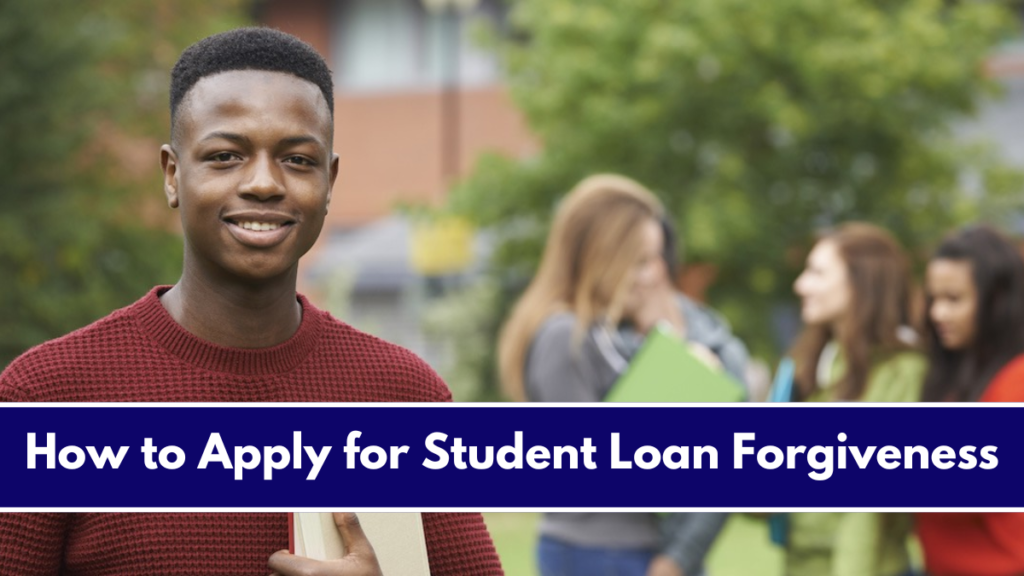
- Gather Documentation: Ensure you have all necessary documents, such as proof of employment, loan statements, and income verification.
- Submit the Employment Certification Form (ECF): For PSLF, you must submit an ECF annually or whenever you change employers to verify that your employment qualifies.
- Apply for Forgiveness: Depending on the program, you may need to submit a specific application for forgiveness. For example, PSLF requires submitting the PSLF application after making 120 qualifying payments.
- Monitor Your Loan Status: After applying, keep track of your loan status and communications from your loan servicer to ensure your application is processed.
- Follow Up on Application: If your application is denied, you can appeal the decision or address any issues that may have led to the denial, such as missing documentation or incorrect information.
2024 Student Loan Forgiveness Programs: Key Details
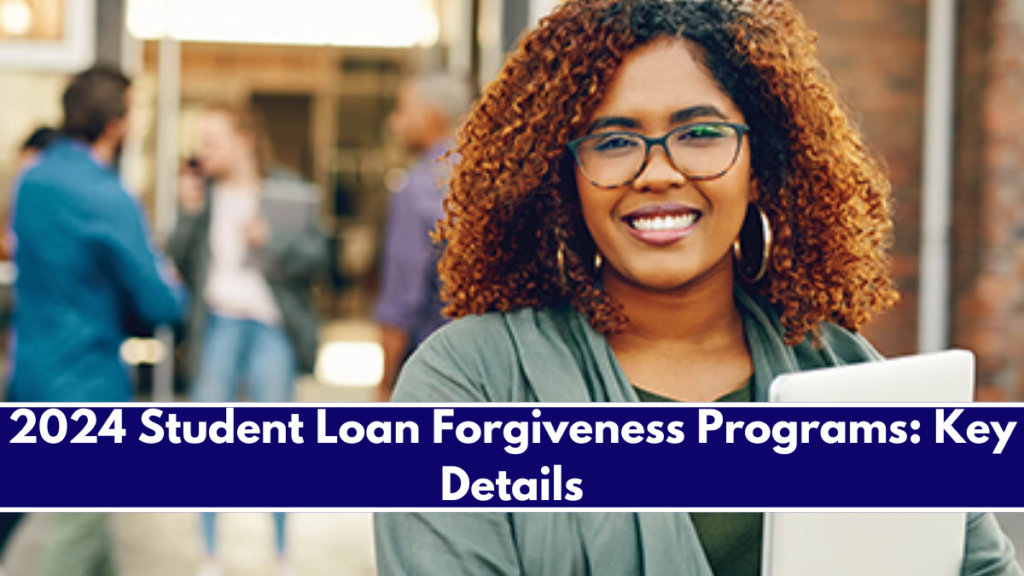
The following table summarizes the key details of the primary student loan forgiveness programs available in 2024:
| Forgiveness Program | Eligibility Criteria | Maximum Forgiveness Amount | Application Deadline |
|---|---|---|---|
| Public Service Loan Forgiveness (PSLF) | 120 qualifying payments in a public service job | Remaining loan balance | Ongoing |
| Teacher Loan Forgiveness | 5 consecutive years of teaching in a low-income school | Up to $17,500 | After 5th year of teaching |
| Income-Driven Repayment (IDR) Forgiveness | 20-25 years on an IDR plan | Remaining loan balance | After final qualifying payment |
| Total and Permanent Disability (TPD) Discharge | Documented total and permanent disability | Remaining loan balance | Rolling |
| Closed School Discharge | School closure while enrolled | Full loan balance | Rolling |
Conclusion:
Navigating the various student loan forgiveness programs available in 2024 can be complex, but understanding the eligibility criteria and application process is key to securing relief from your student loan debt. Whether you’re pursuing forgiveness through public service, teaching, or income-driven repayment, staying informed and proactive in managing your loans will help you achieve financial freedom.
FAQ’s:
Q1.How do I know if my job qualifies for PSLF?
To qualify for PSLF, you must work full-time for a government organization, a 501(c)(3) nonprofit, or another nonprofit organization that provides qualifying public services. You can submit an Employment Certification Form (ECF) to verify your employment qualifies.
Q2.Can I consolidate my loans to qualify for forgiveness?
Yes, if you have FFEL or Perkins Loans, you can consolidate them into a Direct Consolidation Loan to become eligible for forgiveness programs like PSLF. However, be aware that consolidation may reset your qualifying payment count.
Q3.What happens if my application for forgiveness is denied?
If your application is denied, you will receive an explanation from your loan servicer. You may have the option to appeal the decision, correct any issues, or reapply once you meet the necessary criteria.
Q4.Do I need to pay taxes on forgiven loan amounts?
Under current law, most federal student loan forgiveness is not considered taxable income. However, it’s important to stay informed about potential changes in tax law that could impact this.
Q5.What should I do if my school closed and I didn’t finish my program?
If your school closed while you were enrolled or shortly after you withdrew, you may be eligible for a Closed School Discharge, which forgives the full balance of your federal student loans. You will need to apply through your loan servicer.

